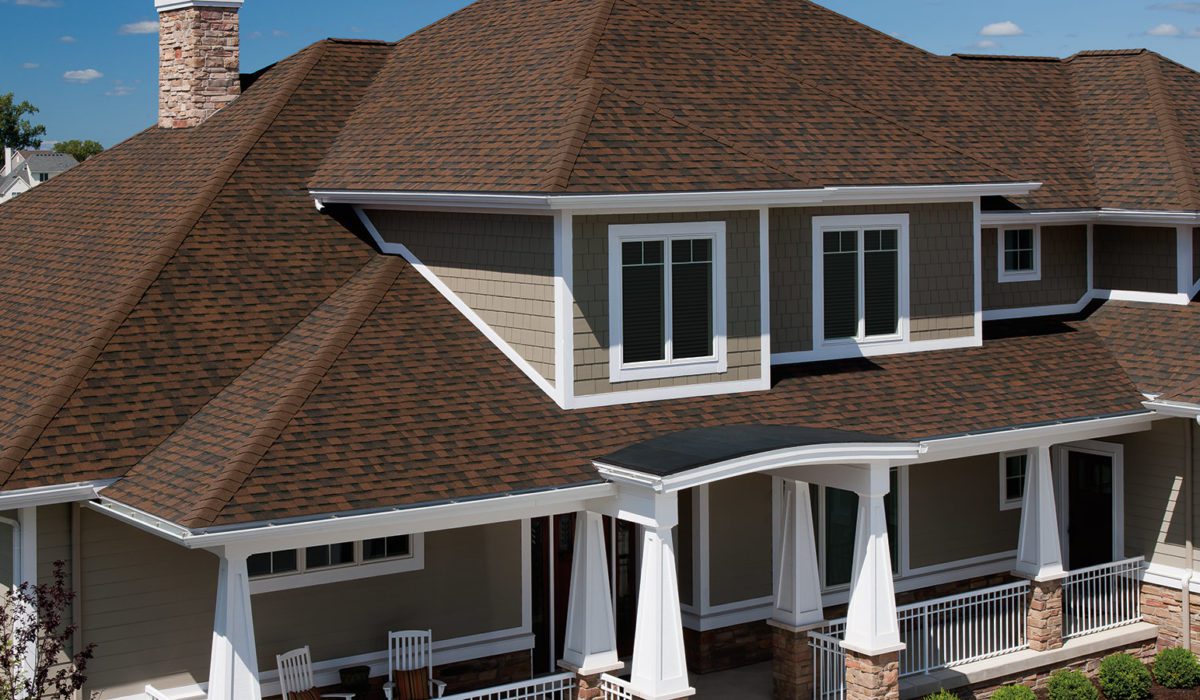Hurricane season is upon us, but that doesn’t mean that it’s too late to protect your roof from potential damage. Here are some tips for preparing your Melbourne Fl roof and other essential parts of your home from the high winds and strong rains of a hurricane.
Trim Weak Tree Limbs
Weak tree limbs are a huge danger to roofs, gutters, and even walls. Worse, you often can’t tell which ones are weak just by looking at them from the ground. The best solution is to have all tree limbs that are above your roof (or close to it) removed.
Remove Nearby Weak or Sick Trees
Some trees are in danger of being blown over by high winds, or of having their root systems undermined by heavy rains. If you have a tree near your house that looks sickly or that is of a species that is known for breaking up in storms, it’s time to have it cut down. Houses can be entirely flattened by fallen trees, so it’s often worth the investment to have the trees safely removed before a hurricane does it unsafely. Be sure to work with a professional when removing trees as it can be a very dangerous process.
Clear Your Gutters
Clogged gutters don’t even handle regular rainfall well, and the intense rains of a hurricane will completely swamp them. This will cause water to stay on your roof. If there is any weak spot up there, you’ll end up with leaks or worse.
Check Your Insurance Policies
Many insurance policies only cover wind damage, but not water damage. Since hurricane damage is often a combination of the two – with the wind ripping off shingles and the rain flooding in through the damaged roof – you’ll want to make sure you’re covered for both damage types. Upgrade your policy if you find that you have the standard “no water damage coverage.”
Get Your Roof Inspected
Strong storms can quickly turn minor problems into entryways for huge levels of damage, so don’t wait until a hurricane is already on the way to schedule a roof inspection. Have one done while the weather is calm, and get skilled repairs for any problems that are discovered. This will improve your roof’s chances of avoiding catastrophic damage if the wind and rain pick up.

